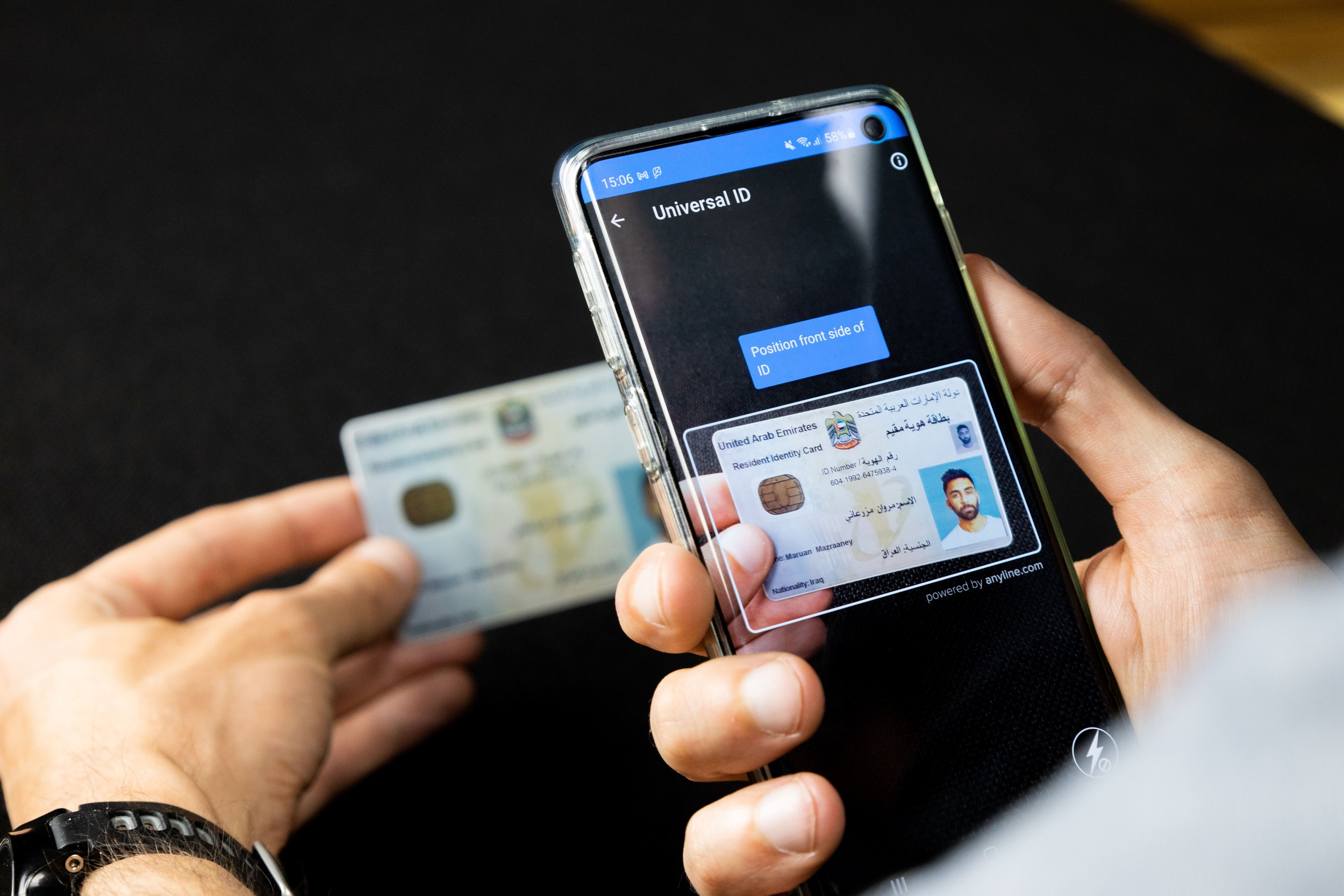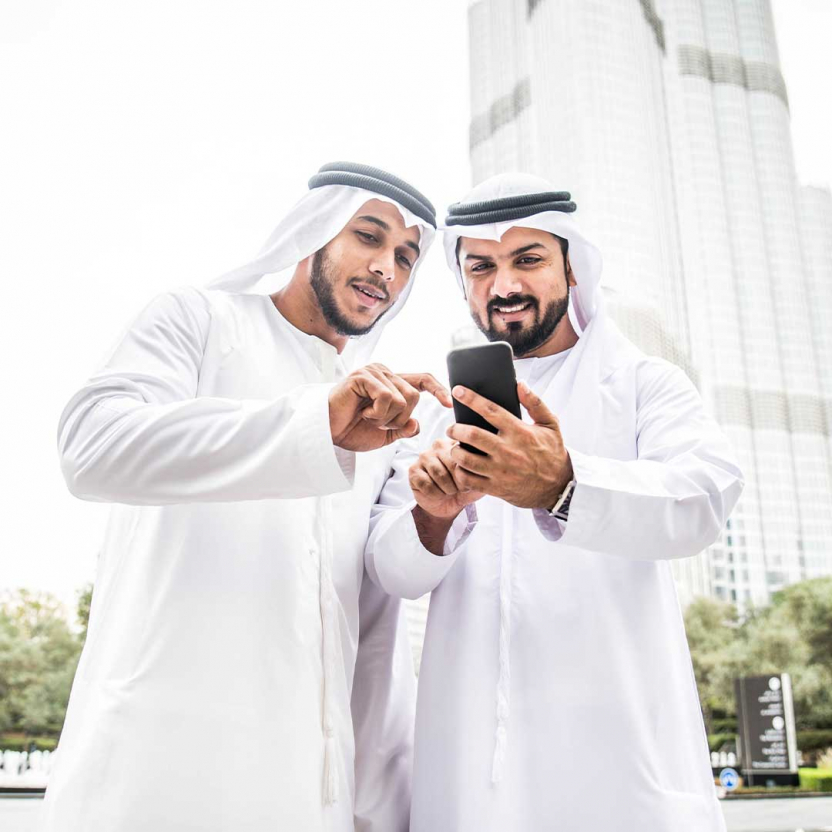
How to Scan Arabic IDs with OCR
Today, there are dozens of tasks and business processes that require some form of mobile ID card reader. From checking into a hotel or boarding a flight, to registering for a new bank account, ID scanners and passport scanners for smartphones and mobile devices are more popular than ever.
But until recently, it has only been possible to scan IDs with Latin script. However, new technological advantages in OCR (optical character recognition) now make it possible to also scan Arabic Script with any smartphone! Arabic OCR applied to ID scanning is now a reality!
To better understand this new tech, we are going to explore the following questions:
- How does Arabic OCR work?
- What kind of Arabic IDs can be scanned?
- What are the benefits of ID scanning?
- Is OCR scanning safe to use?
How does Arabic OCR work?
Using optical character recognition to scan Arabic text could not be easier. To start, the user simply opens the scanner and holds their ID document under their mobile device. Rather than taking a single photo, the mobile scanning technology then processes and extracts information from the video stream. Once the mobile scanning software knows what it’s looking at, it transforms the data into digital output.
Each Arabic character is recognized as an individual value in milliseconds, digitizing the characters and so they can be used where the user needs the data. If you are using the Anyline Universal ID scanner to test it, you may need to turn over the card to scan both sides of the document to collect all the necessary data.
What kind of Arabic IDs can be scanned?
Using Anyline ID scanning technology, you can scan dozens of different IDs with Arabic script. To see the full list of supported IDs, visit our blog of supported IDs & countries for universal ID scanning. This list is growing every month, with new IDs added all the time. If you do not find the ID you are looking for, contact us and we can also work to support this document.
What are the benefits of ID scanning?
ID scanning is used in dozens of industries to identify people and verify their identities. When a company needs to record the name and identifying information of an individual, the normal procedure is to record the data from their official identity document – such as a passport, national ID or driver’s license.
Using mobile ID scanning, it is possible to accurately capture the necessary data in seconds and autofill the information where it is needed. This saves the user time and is far more convenient than the alternatives. When ID information is recorded manually, either by writing or typing the information, the process is far more time consuming and often inaccurate.
The consequences of poor data entry are manifold. For example, if a traveler’s passport information is incorrectly entered during their check-in at the airport, they may not be able to board their flight! While this can sometimes be just an inconvenience, for industries like banking and law enforcement data quality is integral to their work, and mistakes cannot be tolerated.

Is OCR scanning safe to use?
Scanning IDs with mobile Arabic OCR is fast and convenient, but the question of safety is often a real concern for users. At Anyline, our OCR scanning is trusted by national governments, banks and even the United Nations due to our steadfast commitment to data security.
The Anyline SDK is completely safe for scanning IDs, because it does not require an internet connection to work. Instead, it processes all the data on-device, rather than sending it to a third-party server. This means all data remains within your control, and it is compliant with the GDPR, DSGVO, APIS and the CCPA.If you are considering adding ID scanning to your app or website, ensure that you choose a software vendor which offers on-device scanning, has ISO/IEC 27001:2013 certification, and performs regular stress-tests on its tech stack.

